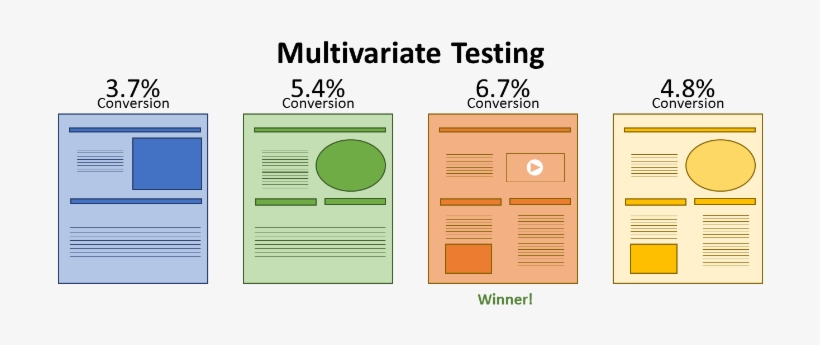Above The Fold
What is above the Fold Mean?
From its earliest days, “above the fold” referred to content appearing at the top half of a newspaper. When newsstands displayed newspapers in rows, headlines and lead stories that appeared above an advertisement on the top half were leading articles with catchy names.
and vivid imagery often used to capture readers’ attention and convince them
As the internet advanced in the 1990s, so did online designs. Today, websites have a fold towards the bottom of browser windows or approximately 600 pixels from where someone started reading an article or webpage.
Why Is it important?
Layout and placement are important because what is seen up top on the screen when a user loads the page is what they will primarily see.
Of course, content above the fold is important because it’s typically where visitors are stopped.
Many websites acknowledge that placing ads above the fold is generally more effective than ads placed below the fold. Calls to action and other important information about product differentiation can be inserted into the page before, next to, or after these ad slots on a homepage or landing page which would lead to greater conversions.
How Do We Measure Above the Fold?
There is no predefined place for a website. A good placement is not defined by any site, but it may change depending on your monitor size, screen resolution, and the number of browser plugins you use.
When considering standard fold placement, the height is typically around 600 pixels and the width ranges from 1,000 to 2,000 pixels.
The following is the best-case scenario for monitors/browsers with a resolution of 1024×786. What this means is that there are no toolbars on the top and the content will be vertically centered in each browser window.
This is what you should expect when no other changes to your monitor/browser settings have been made.
Mobile Devices are different
The increasing browsing from mobile devices is further complicated by the need for web design that is optimized for view on a desktop or laptop.
Advantages of Using Mobile Devices for Online Shopping.
Mobile devices offer a large variety of screen sizes and each user tends to download the mobile website in portrait mode rather than landscape which reverses the design pattern used in traditional websites.
Nowadays, designing websites is much different than it was 10 years ago. Websites are so dynamic these days that normally, designers would use a fixed layout which re-orients based on the device being used (computer vs smartphone). Since web pages can no longer be created solely for one type of device only, designers often utilize something called responsive design
To keep visitors on the paths to success, it’s important to place essential content at the top of the page.
Considering the SEO factors of page placement can sometimes be beneficial, but goes beyond what is wise by having a negative impact.
Google has released several algorithm updates over the years that penalize websites that place so many ads above the fold to the point of forcing content below the fold. These sites provide a bad user experience, and doing so can result in a steep loss in free pageviews for SEO purposes.
It’s not always easy to find the ideal balance between ad viewability and user experience.
The easiest way to optimize the content and ad placements
To optimize the placement of content and ads on a site, it’s important to make data-driven decisions that involve testing out ideas periodically.
Knowing what your demographics and behaviour are when it comes to website analytics is great for getting a better understanding of how users interact with your site and what they use the most.
After a site audit is complete, the next step is hypothesizing and testing. The auditor can see what topics or ads might be most interesting to his visitors by using A/B testing software to compete elements around on a page, and it provides numbers that tell you how well your experiment performed against those without any changes.
Once you have access to your website’s analytics data, you will be able to use its quantitative analysis tools to come up with better hypothesis for how to optimize it.




